Ficus Elastica Tineke Care Problems: 5 Mistakes to Avoid
If your Ficus Elastica Tineke is dropping leaves, showing yellow or brown patches, or growing tall with tiny leaves – you’re not alone. I had some problems with my own Tineke recently, but I managed to fix them, and now I want to share that experience with you.
Most Ficus Elastica Tineke care problems come from just a few simple mistakes. In this post, I’ll walk you through the 5 most common mistakes to avoid and how to fix them, so your Tineke stays lush, colorful, and healthy.
👉 Scroll down for the full guide, or watch my video here:
Click here to watch the video on YouTube
Mistake #1 – Incorrect Light
One of the biggest Ficus Elastica Tineke care problems is giving it the wrong type of light.
This variegated rubber plant needs bright, indirect light to keep its creamy variegation vibrant and its leaves large. Without enough light, the leaves get smaller, stems stretch out, and the colors fade. Because Tineke is variegated, it needs more light than the all-green rubber plant varieties.
✅ Best positions:
- East-facing windows (gentle morning light).
- A few feet back from south or west windows (bright but not harsh).
- North-facing windows are usually too dark unless you add a grow light.
⚠️ Distance matters – light fades quickly indoors. Even a few feet from the window can be too dark, especially in winter.
From my own experience, my large Tineke suffered in a darker spot, but after moving it to brighter light it started branching out again. My two smaller Tinekes thrive just a few feet away from a southwest window – compact, colorful, and healthy.

Mistake #2 – Overwatering
Overwatering is another very common Ficus Elastica Tineke care problem.
Tineke doesn’t like to sit in soggy soil. Roots that stay wet too long begin to rot, causing yellow, soft, mushy leaves and sudden leaf drop. A bad smell from the soil is another clear sign of root rot.
👉 Always check the soil before watering: stick your finger about 2 inches deep. If it feels dry, water. If it’s damp, wait a few days.
Over the years, I’ve noticed rubber plants prefer the soil to dry slightly between waterings — but not completely. Balance is the key.
⚡ Remember:
- Warm temps + bright light → soil dries faster → water more often.
- Cooler temps + low light → soil stays wet longer → water less often.
💡 Want to learn more? Check out my full guide on Houseplants Watering Tips.
Mistake #3 – Soil Mix & Pot Size – Ficus Elastica Tineke care problems
Another frequent cause of Ficus Elastica Tineke care problems is using the wrong soil or pot size.
Over time, soil becomes compacted, loses nutrients, and holds water unevenly. Roots can’t breathe, and growth slows down.
✅ Best soil mix: standard houseplant mix + 30% perlite. Add bark chips or coco coir for better airflow. The goal is a light, well-draining mix that holds some moisture but never stays soggy.
When repotting:
- Always use pots with drainage holes.
- Go only 1–2 sizes up. Too large pots hold excess water and lead to root rot.
- Repot every 2 years or refresh the soil if the pot is still fine.
Mistake #4 – Brown & Yellow Leaves
Yellow and brown leaves are the most visible Ficus Elastica Tineke care problems.
- Yellow leaves: usually from low light or overwatering. One older leaf turning yellow is natural, but many leaves at once signal a bigger problem.
- Brown edges: often from dry air, inconsistent watering, or too much direct sun.
- Brown spots: can be caused by cold drafts, temperature swings, or water sitting on the leaves.
🌿 Note about variegation: The creamy white parts of Tineke leaves are more delicate because they lack chlorophyll. They are naturally more prone to browning, especially in strong sun, low humidity, or when water droplets remain on the surface. A part of Ficus Elastica Tineke care problems
From my own plant, brown patches appeared only on the white parts of the leaves while I was away. It was from too much light and dry air – a reminder of how fragile variegated leaves can be.
💡 If you’re also dealing with leaf issues on other plants, check out my guide on Dracaena Yellow and Brown Leaves
Mistake #5 – Temperature & Humidity
The last of the big Ficus Elastica Tineke care problems is unstable temperature and low humidity.
Sudden changes, cold drafts in winter, or keeping the plant too close to heaters or AC vents can all cause stress and leaf loss.
Humidity also matters. While Tineke adapts to normal home humidity, very dry air often leads to brown tips and crispy edges.
✅ Ideal range: 65–80°F (18–27°C).
✅ Increase humidity in winter with a humidifier, pebble tray, or by grouping plants together.
When conditions are stable, Tineke grows stronger and keeps its beautiful variegation.
Quick Care Guide for Ficus Elastica Tineke
Here’s a quick reference table to help you avoid the most common Ficus Elastica Tineke care problems:
| Requirement | Care Tip |
|---|---|
| Light | Bright, indirect light; east-facing ideal. South/west a few feet away. |
| Water | Check soil 2 in deep. Water when dry, don’t let soil stay soggy. |
| Soil | Light, well-draining mix with ~30% perlite. |
| Pot | Always with drainage holes; repot every 2 years or refresh soil. |
| Temperature | 65–80°F (18–27°C). Avoid drafts and sudden changes. |
| Humidity | Average indoor is fine, but higher humidity prevents crispy edges. |
| Growth | Compact and colorful in good light; can reach several feet tall. |
FAQ – Ficus Elastica Tineke Care Problems
Why is my Ficus Elastica Tineke dropping leaves?
This usually happens from low light, overwatering, or sudden temperature changes. Occasional leaf drop on older leaves is normal, but if many leaves fall at once, it signals stress. This is one of the most frequent Ficus Elastica Tineke care problems, but it can be corrected quickly with the right adjustments.
Why are the white parts of Tineke leaves turning brown?
The variegated sections are more delicate because they lack chlorophyll. They are more prone to browning from strong sunlight, dry air, or water droplets left on the leaves.
How often should I water my Tineke rubber plant?
Water only when the top 2 inches of soil feel dry. In brighter, warmer conditions the plant will use water faster; in cooler, darker rooms it will need less.
Is Ficus Elastica Tineke toxic to pets?
Yes. Like other rubber plants, Tineke’s sap can irritate pets and humans if ingested or if it touches the skin. Keep it out of reach of cats, dogs, and children.
How fast does a Tineke rubber plant grow indoors?
With proper light and care, Tineke can grow several feet tall over a few years. Good light encourages bushier growth and larger leaves.
Final Thoughts on Ficus Elastica Tineke care problems
Every plant is unique, and the best thing you can do is observe the signs it gives you. If you react early, you’ll prevent bigger damage – something I learned with my own Tineke.
By avoiding these five Ficus Elastica Tineke care problems, your plant will reward you with strong growth, vibrant variegation, and a much healthier look.
Related Posts
If you found this guide on Ficus Elastica Tineke care problems helpful, you may also enjoy these articles:
- Rubber Tree Plant Care: All You Need To Know for Thriving Ficus Elastica
- Fiddle Leaf Fig Plant Care – How to Keep Your Ficus Lyrata Healthy and Thriving
- Ficus Alii Care: A Complete Guide to the Banana Leaf Fig
- Fiddle Leaf Fig Problems: 6 Mistakes to Avoid
👉 Watch the full video below for more details, and stay tuned for Part 2 where I’ll share more care tips and problems to avoid.
Ficus Elastica Tineke care problems Video:
Explore More Music for Your Plants & Stay Connected!
Check out my Playlist: Music for Plants and find the perfect tunes to help your plants and yourself thrive.
Don’t forget to visit my YouTube Channel Plant House & Garden and subscribe — your support means the world to me!
Connect with me on social media for more plant care tips and music updates: Instagram | Facebook | X | Pinterest | Reddit | TikTok
Love plants? Love music? Don’t miss out on new updates — hit subscribe and follow now to keep your plants happy and your space vibrant!

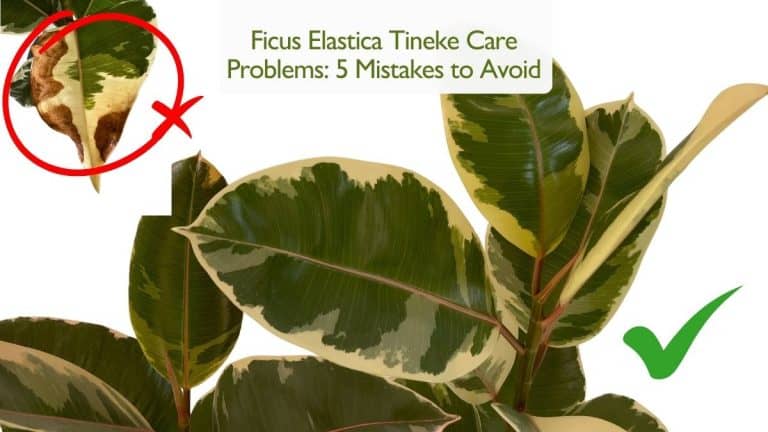
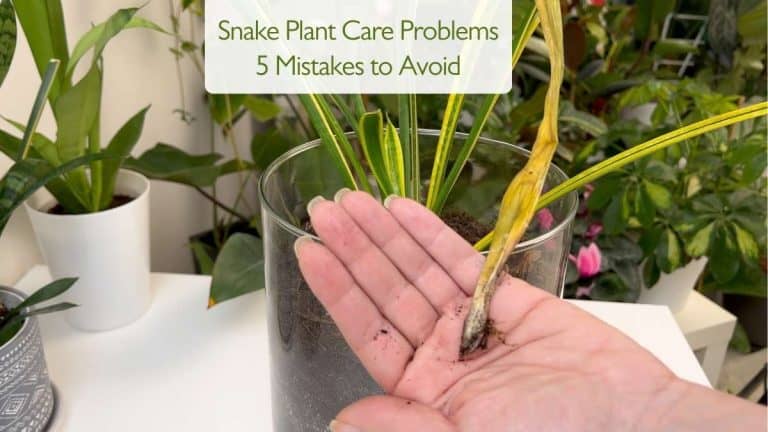
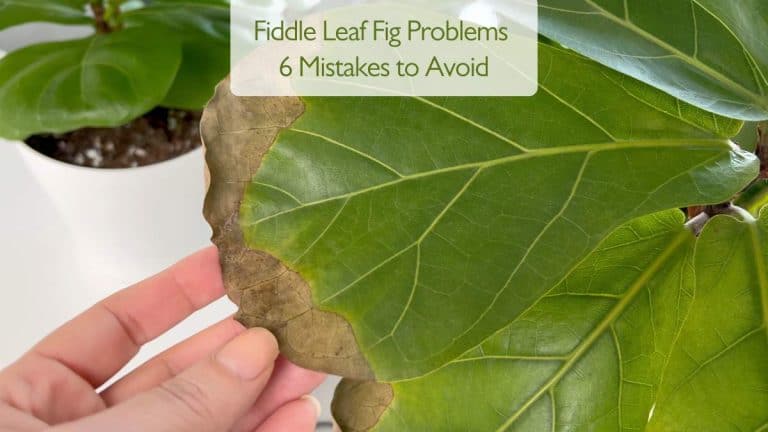
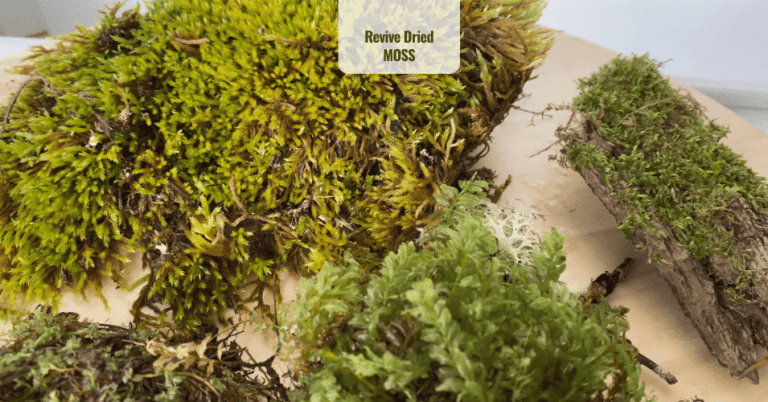
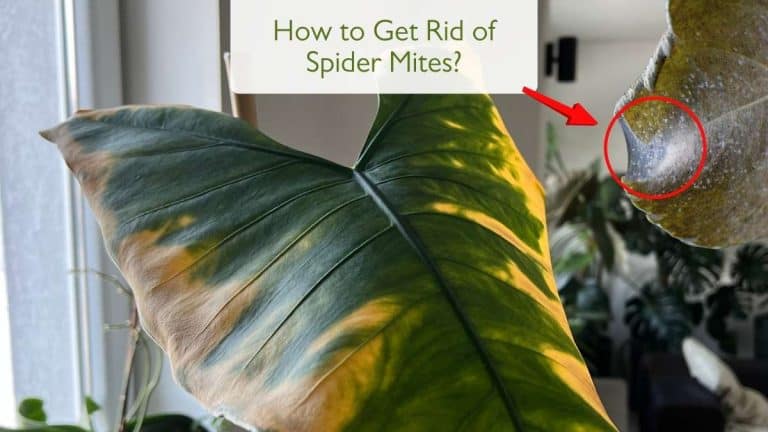
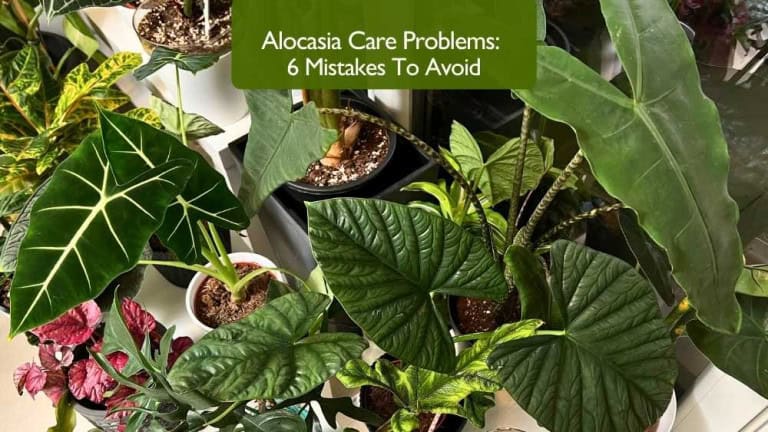
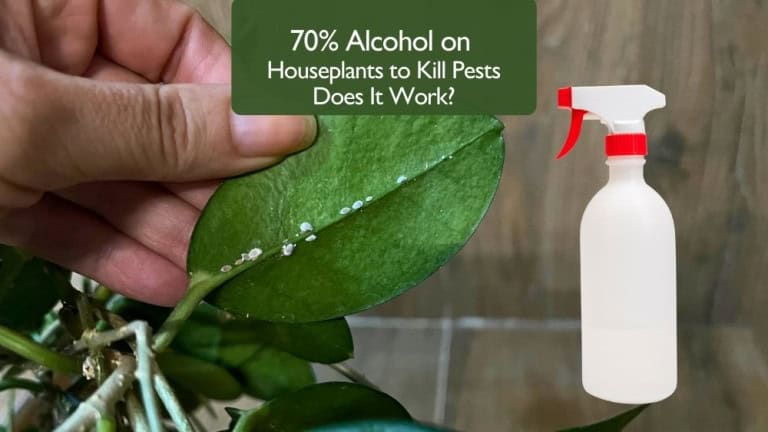
Appreciating the time and effort you put into your website
and in depth information you present. It’s good to come across a blog every once
in a while that isn’t the same out of date rehashed material.
Excellent read! I’ve bookmarked your site and I’m including
your RSS feeds to my Google account.
Thank you so much for your kind words! I truly appreciate it.
It means a lot to know that you find the content helpful and valuable.
I always try to share practical, well-researched information, along with things I’ve learned from my own experience, so your feedback truly made my day.
Thank you for bookmarking the site – more helpful guides are on the way!
Hi it’s me, I am also visiting this site daily, this site is actually
pleasant and the users are in fact sharing nice thoughts.
Thank you so much! ❤️